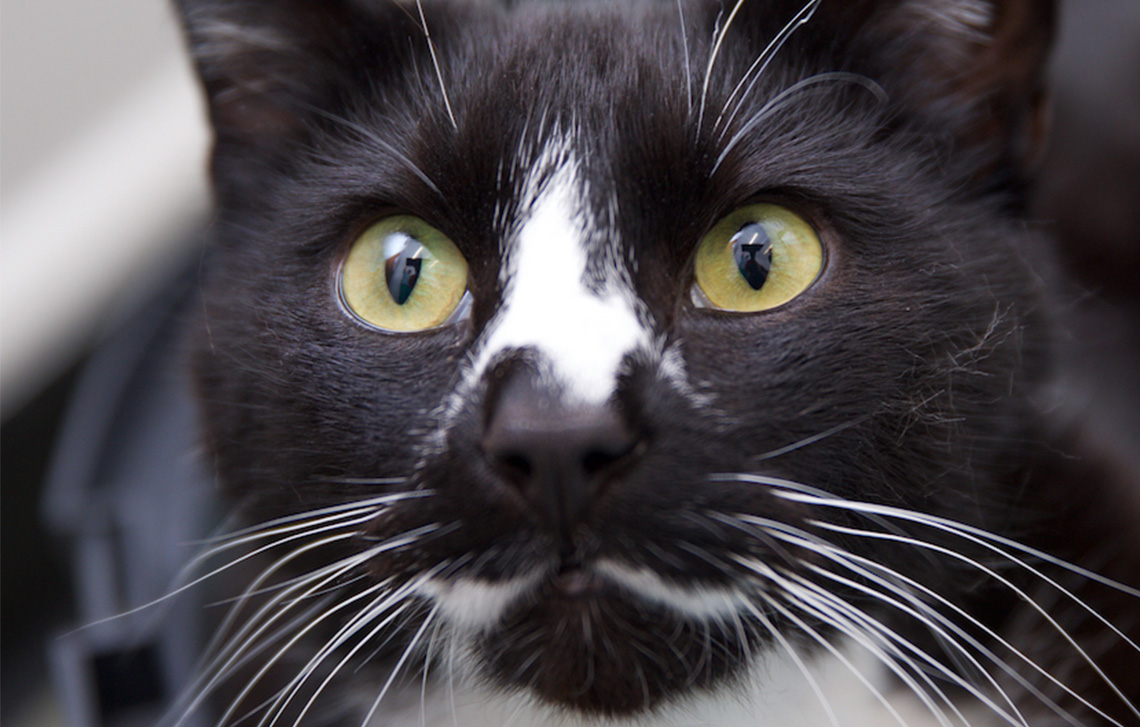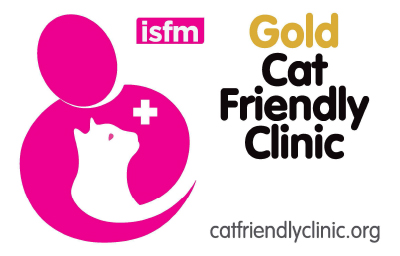
As a human in pain we are able to let someone know and get help quickly. Cats have a need to hide pain in the wild from their predators as when in discomfort they are weakened and vulnerable. Unfortunately for us we can’t expect our cat/s to meow and find us when they are pain… Read more »
As a human in pain we are able to let someone know and get help quickly. Cats have a need to hide pain in the wild from their predators as when in discomfort they are weakened and vulnerable. Unfortunately for us we can’t expect our cat/s to meow and find us when they are pain – it is something we have to spot.
Domestic cats tend to live longer than feral or stray cats as veterinary medicines are in place to support them, especially as they get older. As cats live in social environments they are susceptible to stressors which can pre-dispose them to stress-related medical problems, many of which can result in a lot of pain for your feline. These conditions can also become chronic if left untreated.
So how do we know when our cats are in pain?
The most obvious way to see if your cat is in pain is if they have a change in their behaviour. This is because any change of behaviour is a good indication of an illness of your cat being in pain. If you are anything like us here at Cat’s Whiskers, your mobile phone is probably full of photos and videos of your cat! If this is the case you can use these to compare your cat’s current sitting/laying positions or ability to walk and jump.
Some cats will still be in pain but their behaviour won’t change, or change noticeably. Here are some other signs your cat might give you if they are in pain:
- Hides more than usual
- Noisier or quieter than normal
- No longer jumps up or down from places such as windowsills or sofas
- Sometimes seems a little stiff
- Is less active than normal or sleeps a lot more
- Avoids using the cat flap
- Spends less time grooming, or over grooms in one particular area
- Has accidents outside of the litter tray
- Cries when being touched or picked up
Any of these signs would be a cause for concern and we would recommend an appointment with your vet so your cat can be fully examined. The simplest way to look at pain is if it would hurt you, then it would hurt your cat.
Management of pain in cats is possible and can make them so much more comfortable. Look out for our blog next week to see the best ways you can manage your cat’s pain at home.







